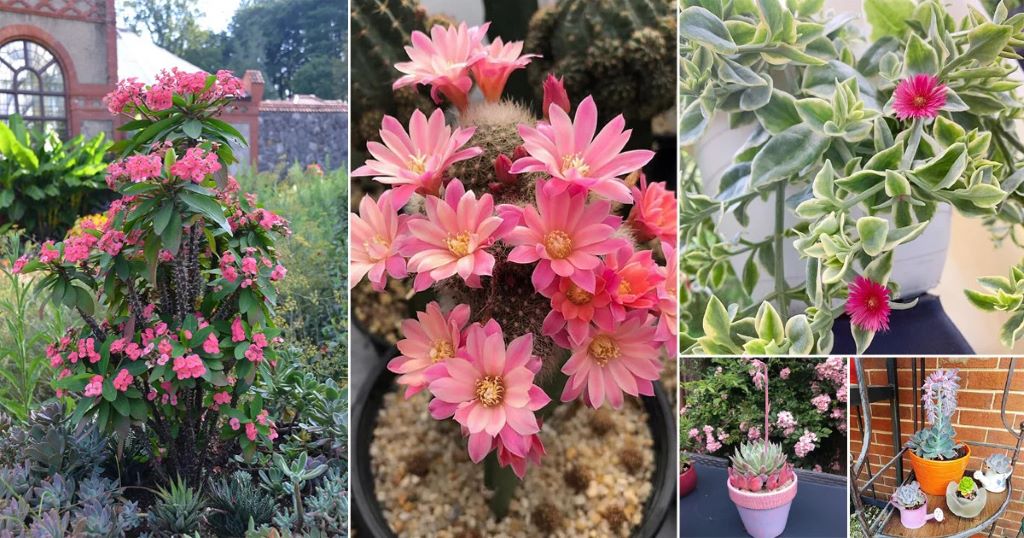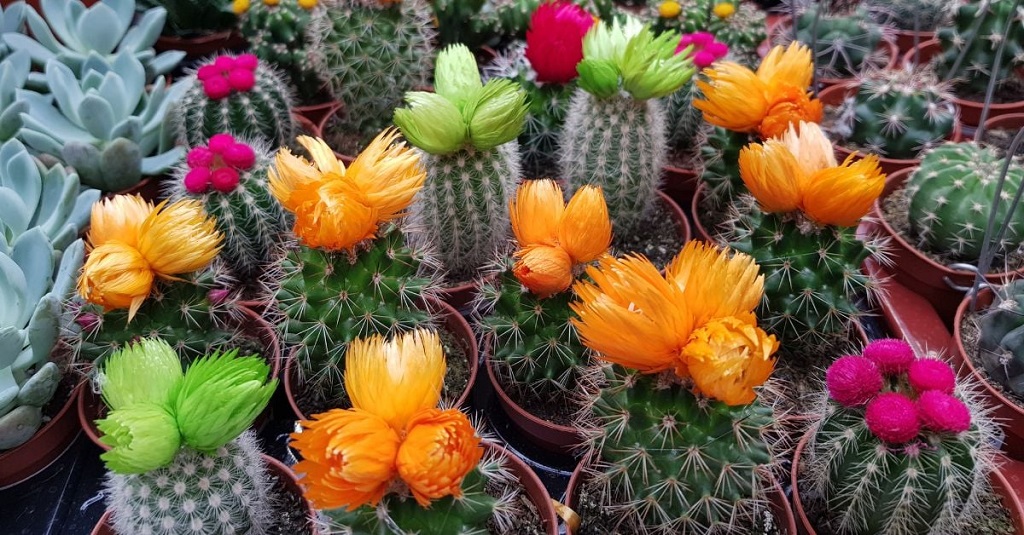
17 Aug How to Keep Succulent Flowers Alive: A Guide to Nurturing Blooming Succulents
Succulent plants have become increasingly popular among garden enthusiasts due to their unique appearance and ability to thrive in arid climates. While succulents are known for their resilient nature, many people find it challenging to keep the flowers of these plants alive. This article aims to provide a comprehensive guide on how to care for succulent flowers, enabling you to enjoy their beauty for a longer period. Whether you’re a beginner or an experienced gardener, these tips and techniques will help you successfully nurture your blooming succulents.
Understanding Succulent Flowers
Succulent yellow flowers are truly remarkable, and their vibrant colors can add a stunning touch to any garden or indoor space. However, it’s important to note that succulents are not primarily cultivated for their flowers. Unlike other flowering plants, the primary goal of succulents is to store water in their fleshy leaves, stems, and roots. As a result, succulent flowers tend to have a shorter lifespan compared to traditional flowering plants.
Factors Influencing Succulent Flower Health
To ensure healthy and long-lasting succulent flowers, it’s crucial to consider the following factors:
1. Light Requirements
Succulents require abundant sunlight to thrive, but prolonged exposure to intense sunlight can be detrimental. When it comes to succulent flowers, inadequate sunlight may lead to weak or stunted blooms. It is important to provide your succulents with the optimal amount of sunlight, which is typically 4-6 hours of indirect sunlight each day. Observe your succulents’ light preferences and adjust their placement accordingly.
2. Temperature and Climate
Succulents thrive in warm and dry climates. Extreme temperatures and sudden fluctuations can negatively impact the health of succulent flowers. Most succulent species prefer temperatures between 70-85°F (21-29°C), and temperatures below 40°F (4°C) can lead to damage or death. It’s advisable to protect your succulents from extreme temperatures by providing appropriate shelter or moving them indoors during harsh weather conditions.
3. Watering Practices
Proper watering practices are crucial for the overall health and longevity of succulent flowers. While succulents are known for their ability to withstand drought, they still require occasional watering. The key is to strike a balance between underwatering and overwatering. Overwatering is the leading cause of succulent flower demise as it can lead to rot and fungal diseases. On the other hand, underwatering can result in shriveled flowers. A general rule of thumb is to water deeply when the soil is completely dry and allow it to dry out completely between waterings.
4. Soil Composition
Succulent flowers thrive in well-draining soil. Heavy or compact soil can lead to water retention, which can be detrimental to the health of the plant and its blooms. A suitable soil mix for succulents consists of regular potting soil, sand, and perlite. This composition allows for efficient drainage, preventing the roots from becoming waterlogged.
5. Fertilizer Application
While succulents are known for their ability to survive in nutrient-poor environments, providing them with appropriate nutrients can help support the health and vigor of their flowers. It’s vital to use a balanced, diluted fertilizer specifically formulated for succulents. During the growing season, apply the fertilizer sparingly, following the instructions provided by the manufacturer. Overfertilizing can lead to excessive leaf growth at the expense of flower production.
Techniques for Nurturing Succulent Flowers
Now that we have a better understanding of the factors that influence succulent flower health, let’s explore some techniques for fostering vibrant and long-lasting blooms:
1. Selecting Suitable Succulent Varieties
When aiming to cultivate succulent flowers, it’s crucial to choose suitable varieties that are known for their blooming capabilities. While all succulents have the potential to produce flowers, some varieties are more prolific than others. Consider selecting succulents with a reputation for abundant and long-lasting blooms, such as Aeoniums, Kalanchoes, or Echeverias. Research the specific requirements and flowering patterns of the succulent varieties you choose to ensure the best chances of success.
2. Providing Adequate Light
As mentioned earlier, succulents require ample sunlight for optimal growth and blooming. Position your succulent plants in a location that receives bright, indirect sunlight for the recommended 4-6 hours per day. South or east-facing windows are often suitable, but make sure to observe your succulents and adjust their position if you notice signs of inadequate light, such as elongated or pale stems.
3. Monitoring Temperatures
Maintaining suitable temperatures for your succulents is vital for promoting blooming. Beware of sudden temperature drops, drafts, or exposure to extreme heat, as these factors can negatively impact the flowers. Regularly check the indoor or outdoor conditions and adjust accordingly to ensure your succulents are within their preferred temperature range.
4. Implementing the ‘Soak and Dry’ Watering Method
Proper watering practices are essential for successful succulent flower care. As mentioned earlier, the ‘soak and dry’ method is recommended for succulents. This method involves thoroughly saturating the soil when watering and then allowing it to dry out completely before the next watering. By ensuring the roots are not constantly sitting in water, you can minimize the risk of root rot and promote healthy flower development.
5. Pruning and Deadheading
Regular pruning and deadheading can encourage your succulents to produce more flowers. Deadheading refers to the removal of spent blooms, and pruning involves trimming excessive growth and leggy stems. By removing spent flowers, the plant can redirect its energy towards producing new blooms. Use clean and sharp pruning tools to avoid damaging the plant and ensure proper healing.
6. Protecting from Pests and Diseases
Pests and diseases can significantly impact the health and vitality of succulent flowers. Regularly inspect your plants for signs of pests such as mealybugs or aphids. If you encounter an infestation, isolate the affected plant and treat it promptly using appropriate methods. Similarly, ensure that your succulents are not exposed to excessive moisture, as this can lead to fungal diseases. Good airflow and suitable watering practices can help prevent such issues.
Conclusion
Caring for succulent flowers requires a thoughtful approach and attention to detail. By considering factors such as light, temperature, watering, soil composition, and fertilizer application, you can help your succulents thrive and produce vibrant blooms. Remember to select appropriate varieties, provide adequate light, practice proper watering techniques, and address pest or disease issues promptly. With these tips and techniques, you can enjoy the beauty of succulent flowers for an extended period, adding a touch of nature’s splendor to your indoor or outdoor spaces. What is the use of sticker in plants? A sticker is an additive that helps pesticides and fertilizers spread evenly on plant leaves and adhere to them for a longer period of time. This can help to improve the effectiveness of the treatment and prevent it from being washed away by rain or irrigation. Stickers are typically made from materials such as oils, waxes, or silicones.
FAQs
Q1: How long do succulent flowers typically last?
Succulent flowers have varying lifespans, usually ranging from a few days to several weeks, depending on the species and environmental conditions. Some succulent flowers, such as those of Echeverias, can last for several weeks with proper care.
Q2: What causes succulent flowers to wilt?
Several factors can cause succulent flowers to wilt, including inadequate light, overwatering, extreme temperatures, pest infestations, and diseases. It’s essential to address these issues promptly to prevent further damage to the flowers and the overall health of the succulent.
Q3: Can succulent flowers be propagated?
Yes, many succulents can be propagated from stem or leaf cuttings, including those with flowers. When propagating succulents from flowers, it’s important to carefully remove the flower stem without damaging the parent plant. Follow proper propagation techniques to give the new plants the best chance of success.
Q4: Can I encourage more blooms on my succulent plants?
Yes, by implementing proper care techniques, you can encourage more blooms on your succulent plants. Providing adequate light, practicing the ‘soak and dry’ watering method, and occasional fertilization can promote healthy flower development.
Q5: Is it normal for succulent flowers to change color or fade over time?
Yes, it is normal for succulent flowers to change color or fade over time. As the flowers age, their vibrant colors may soften or fade. However, if the flowers are wilting or turning brown prematurely, it may indicate underlying issues that need to be addressed, such as watering problems or pests.


Sorry, the comment form is closed at this time.